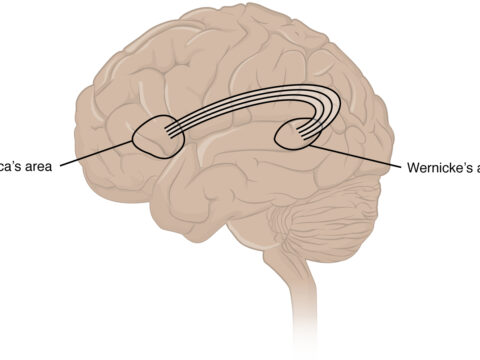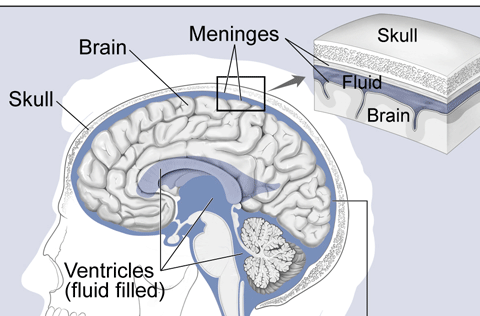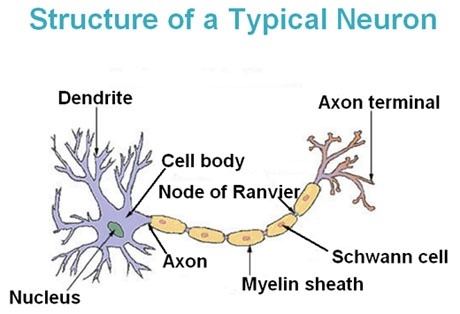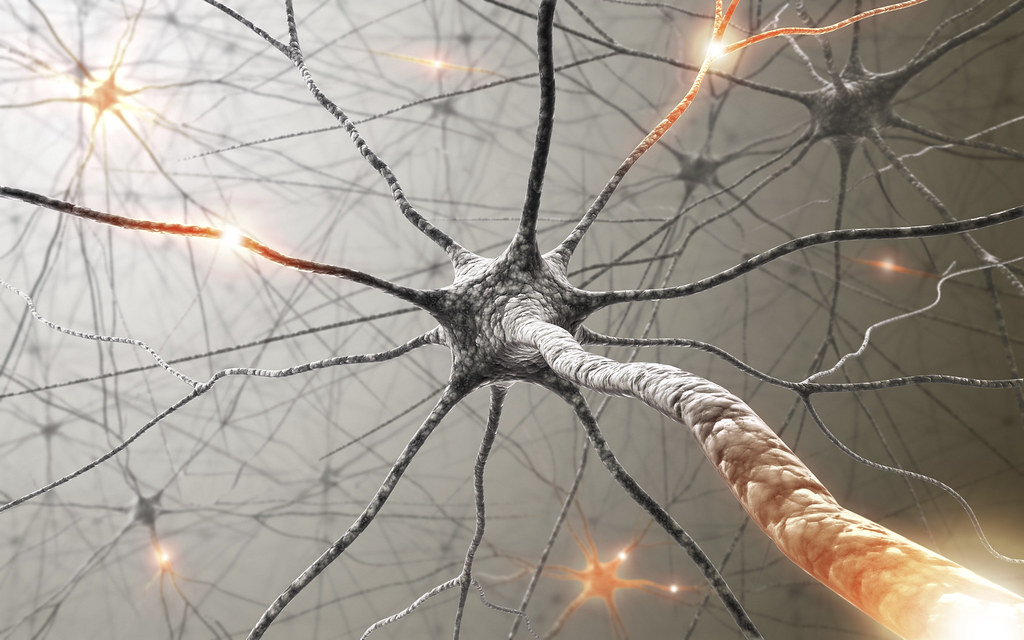
“Neuron” by NIH-NCATS is licensed under CC BY 2.0
Our brain contains about 100 billion neurons; it looks like a neuron forest. because a neuron is more or less similar to a tree.
Neurons are a special kind of cell. At one end, it sprouts a large number of very thin short threads – “dendrites”. The ends of these receive electrical signals from other neurons via small fluid-filled ponds – “synapses”. The received signals pass along until it reaches the tree (cell) body. From there, it shoots away to the next neuron through another thicker branch; it is named “Axon”. So, dendrites take electrical signals from previous neurons, bring those to the cell body of the neuron, and the Axon transmits those signals to the next neuron – sometimes to muscle endings and organs. We own about 100 billion neurons; so it is, in fact, a huge “neuronal forest”.
Santiago Cajal: A Nobel Laureate
For the first time, Santiago Cajal – a Spanish medical specialist – stained neuron cells with a special stain, called gold stain. It colored only the neurons. In fact, he improved Camillo Golgi’s method. Cajal’s neuronal mapping became phenomenal which elevated him to share the prestigious Nobel prize with Camillo Golgi in 1906. At that time, people thought that the brain was an interconnected unbroken network. The Cajal Institute has been carrying his legacy since then until now in Spain through a range of academic programs dedicated to neurology.
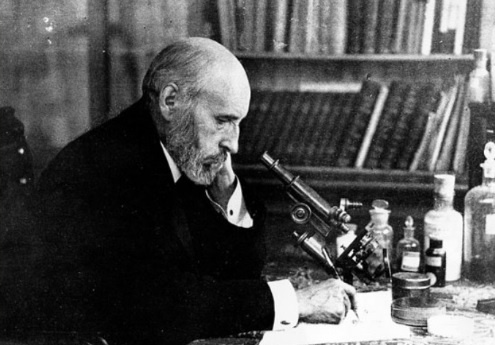
Not only was he a medical scientist, but he was also a gifted artist. As a result, he used his artistic skill to draw various shapes of neurons. Enter into his neuron forest. now. I took the following drawings from an online teacher resource published by Weisman Art Museum for classroom activities. This excellent resource is freely available. You can access the whole document through this link: “The Beautiful Brain: The Drawings of Santiago Ramon Y Cajal”.
A Pyramidal Neuron drawn by Cajal
Appreciate how precisely he has drawn the following. This type of neuron exists in our brain cortex. It is called the Pyramidal neuron due to the shape of the cell body. He had drawn this in 1904.
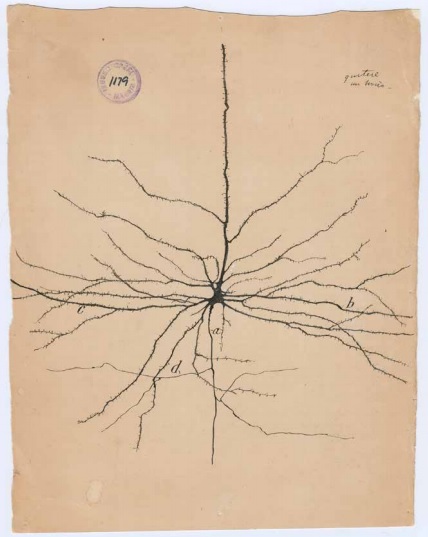
The Neuronal forest by Cajal
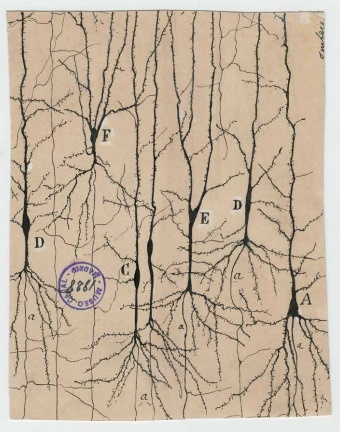
Teacher resource, Weisman Art Museum)
More recently, with the advancement of technology, we can now see how our neuron forest looks in a 3-dimensional view through this Youtube link of neurons and synapses published by the USC Stevens Neuroimaging and Informatics Institute.
Enter into the neuron forest; enjoy the universe of synapses through this YouTube link published by the Stanford School of Medicine.

